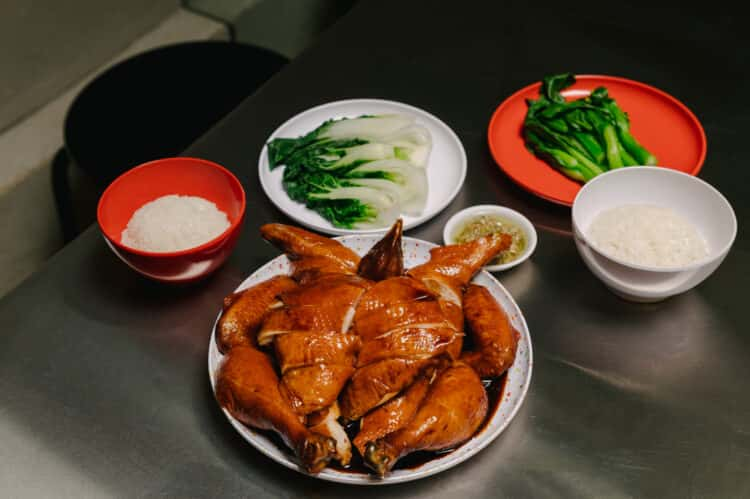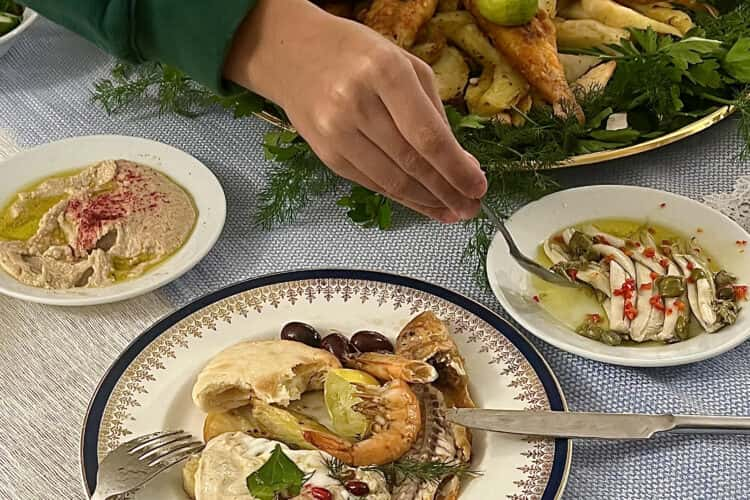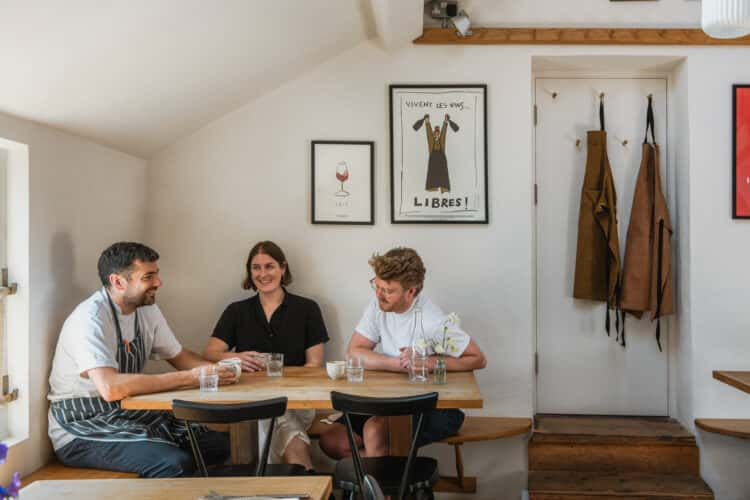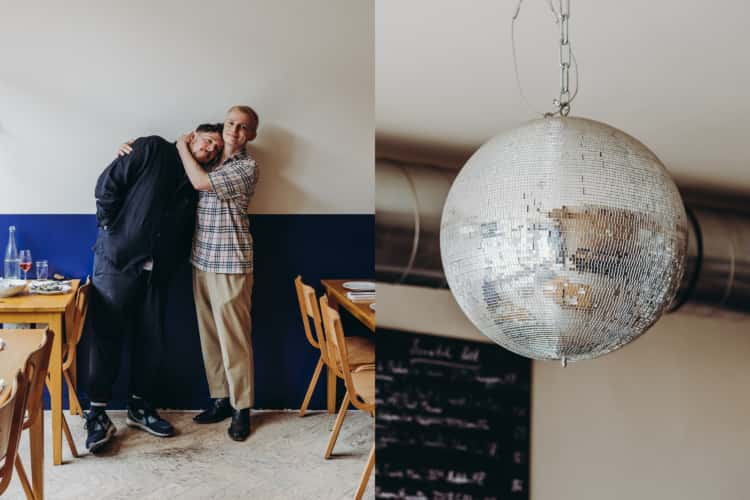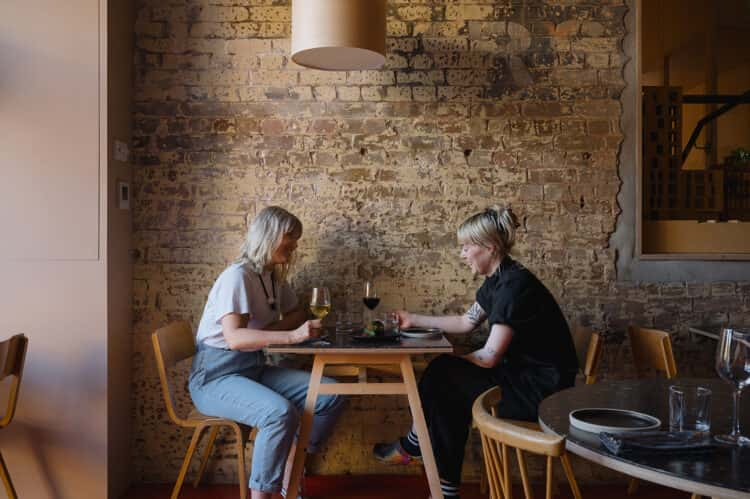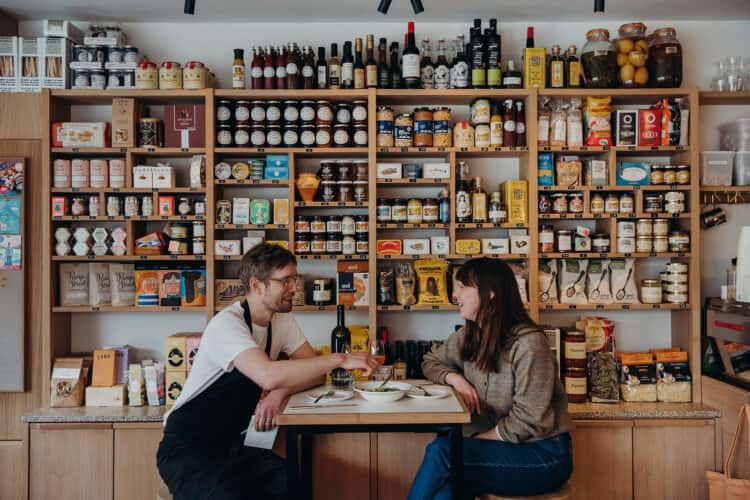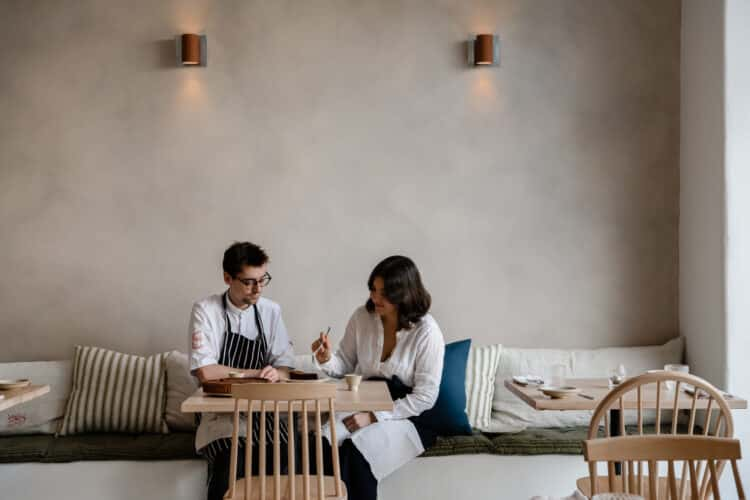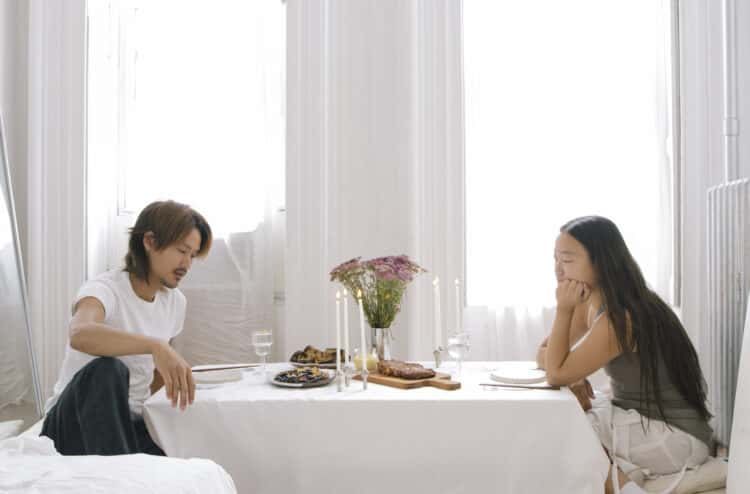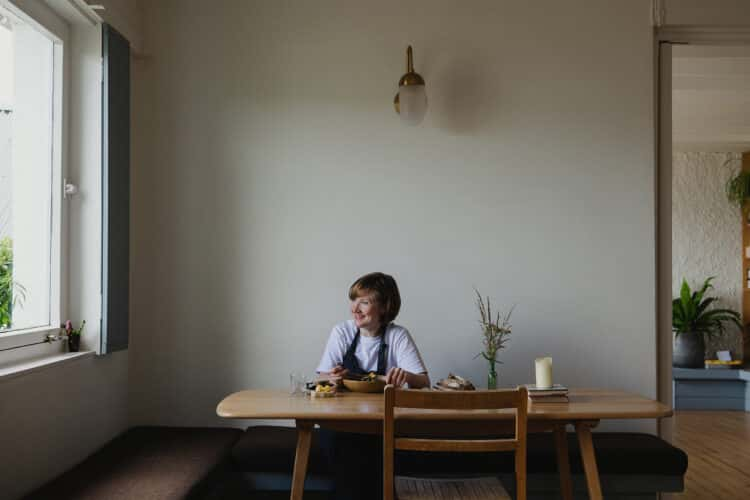Celebrating Lunar New Year with Zijun Meng and Ana Gonçalves at Mr Ji in Soho, London
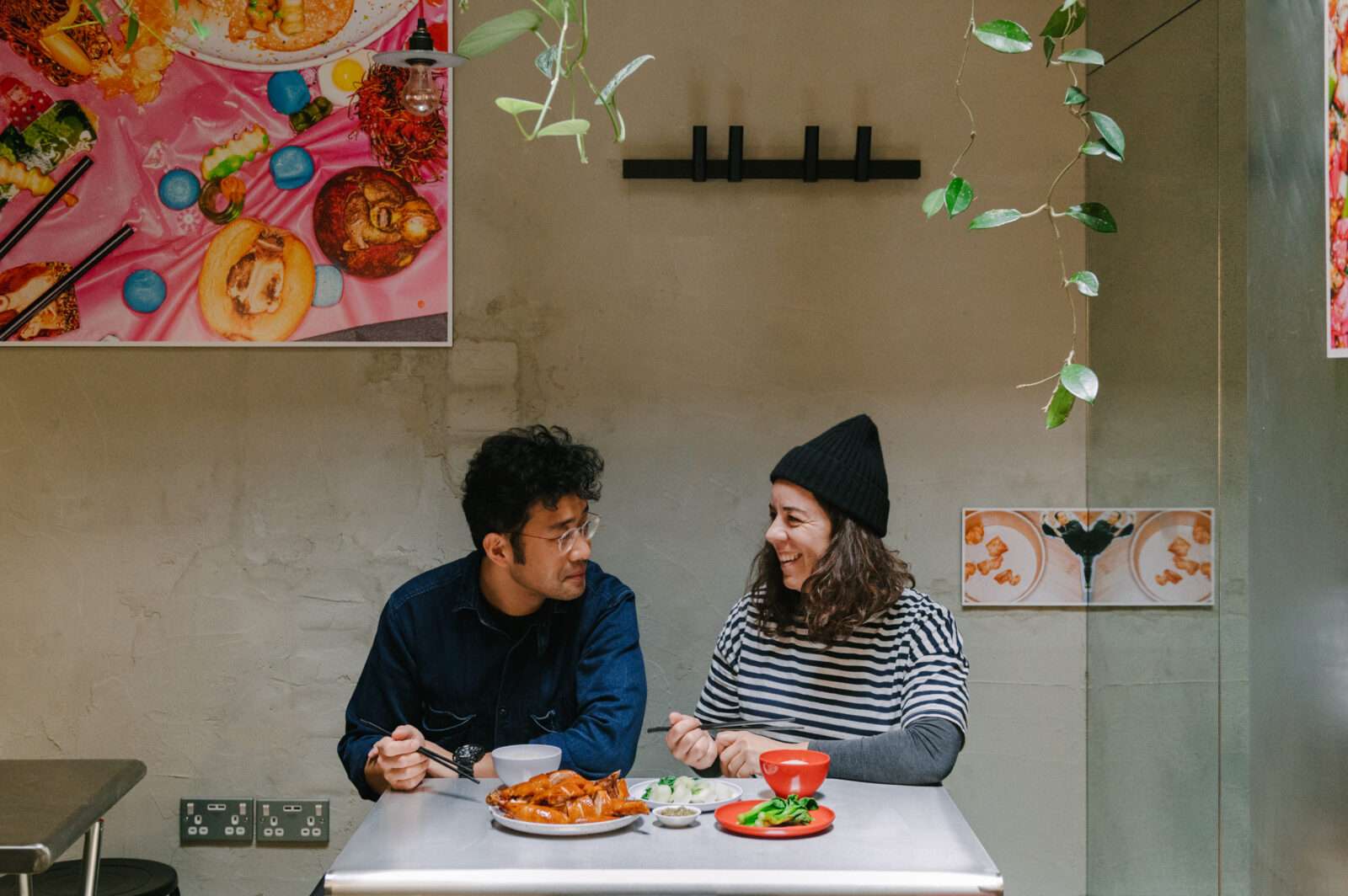
Mr Ji, founded by restaurateur Samuel Haim, used to pay homage to Taiwanese street-food markets. But since Meng and Ana took the reins in 2020, they’ve made their mark. Meng, who grew up in Qingdao, China, has created a menu inspired by his native cuisine – think stir-fried chips, mapo tofu wontons and plenty of fried chicken. The restaurant’s interiors also underwent a renovation, with the couple favoring an industrial material palette and vibrant art. To coincide with Lunar New Year, Meng and Ana talk about celebratory traditions, the joy of dumplings and the best spots for Asian food in London. Plus, Meng shares his recipe for an authentic dish fit for a Lunar New Year feast: a whole poached soy chicken.
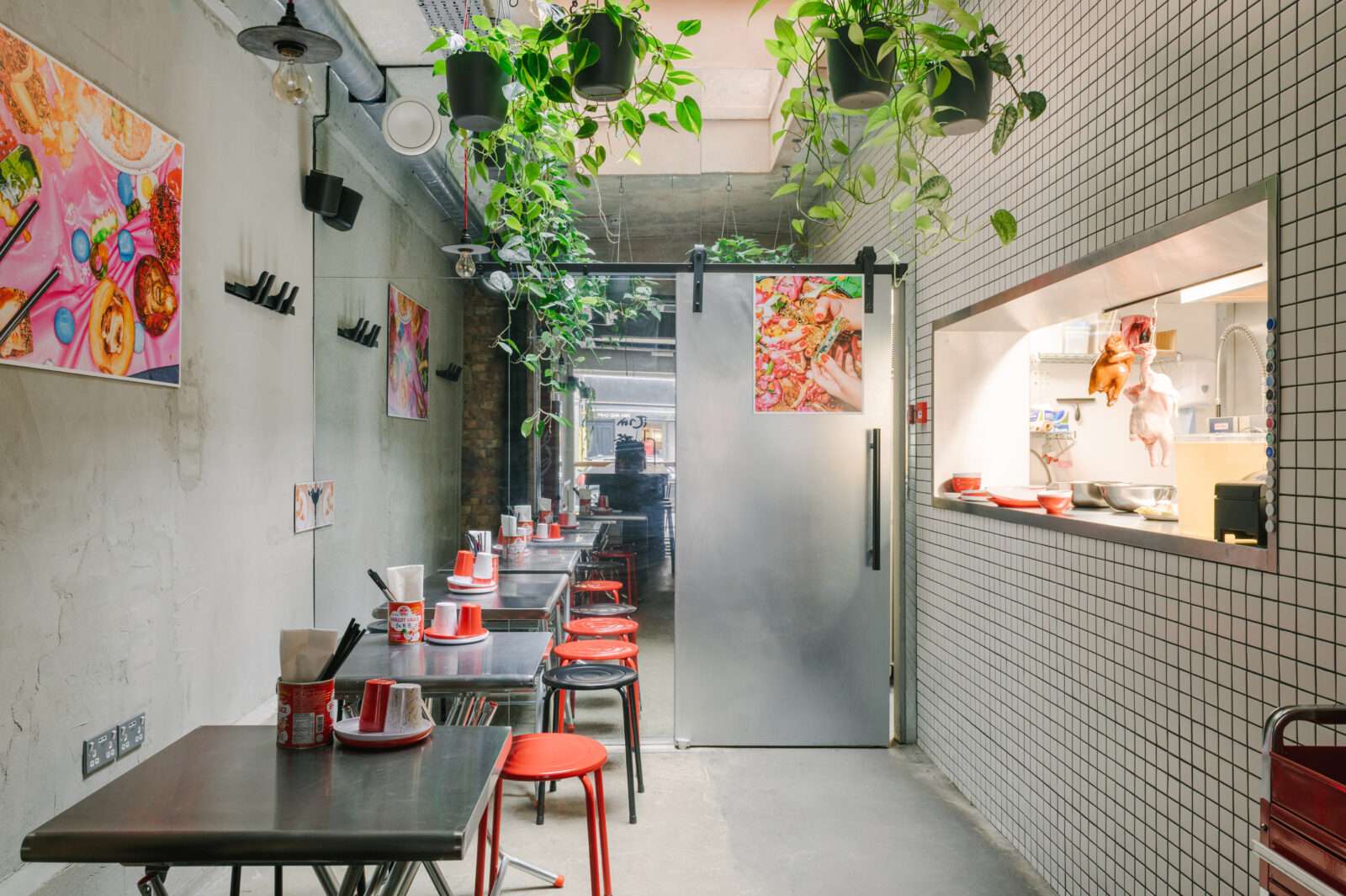
Meng: “I grew up in China in a city called Qingdao; it’s where Tsingtao beer comes from. It’s on the coast, so we ate lots of seafood growing up. My mum would do most of the cooking, with my grandma helping from time to time – both my grandparents lived with us at home. My mum is quite traditional and every dinner would include three dishes to share: braised meats or dumplings, a soup and, then on the side, we’d have rice or a steamed bun called mantou. I was always interested in eating food! Cooking, too, to a certain degree.
“Lunar New Year is the biggest celebration of the year for my culture. I’m an only child, but as we lived with my grandpa and grandma, all my aunties, uncles and their children would come to our house to celebrate. There would be five or six families together. It was always my favourite thing about the holiday, as we all lived so far from each other.
“My mum and grandma would start preparing the food the week before the celebration. For Lunar New Year we have two meals: dinner is at 6pm, and, at midnight, we’d have dumplings to see in the new year.
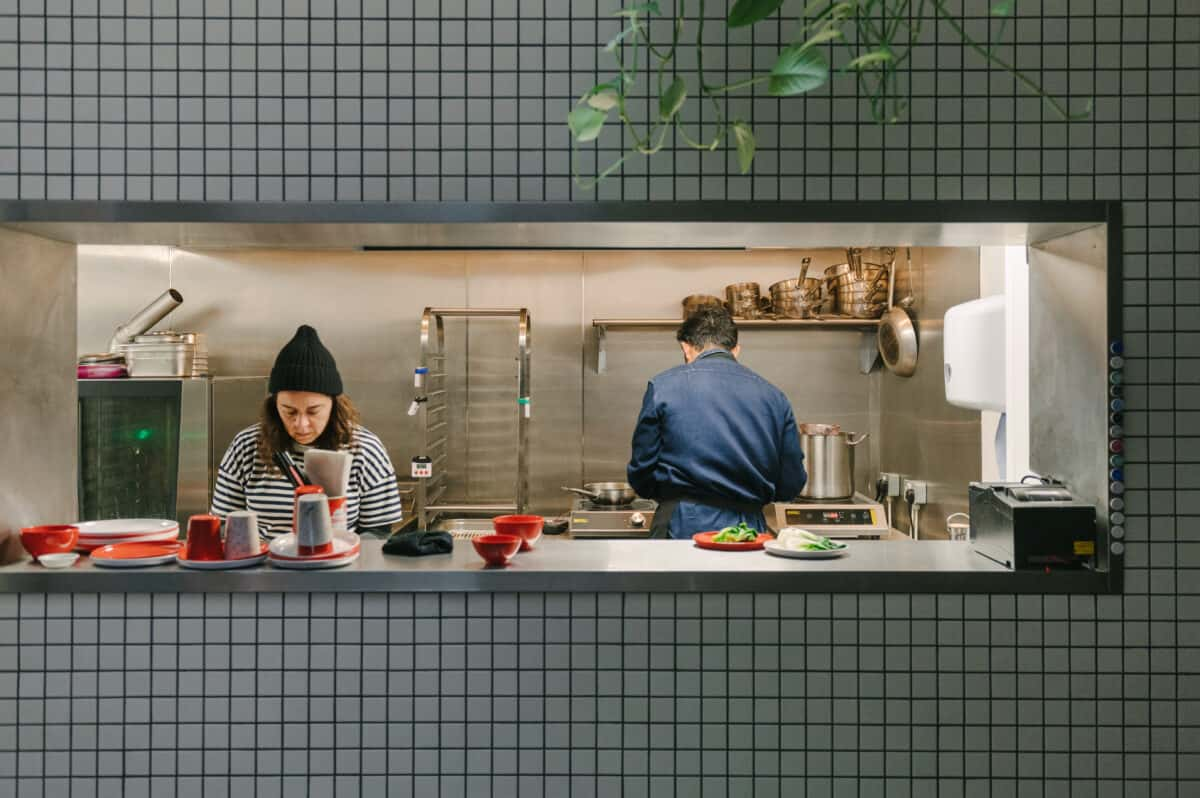
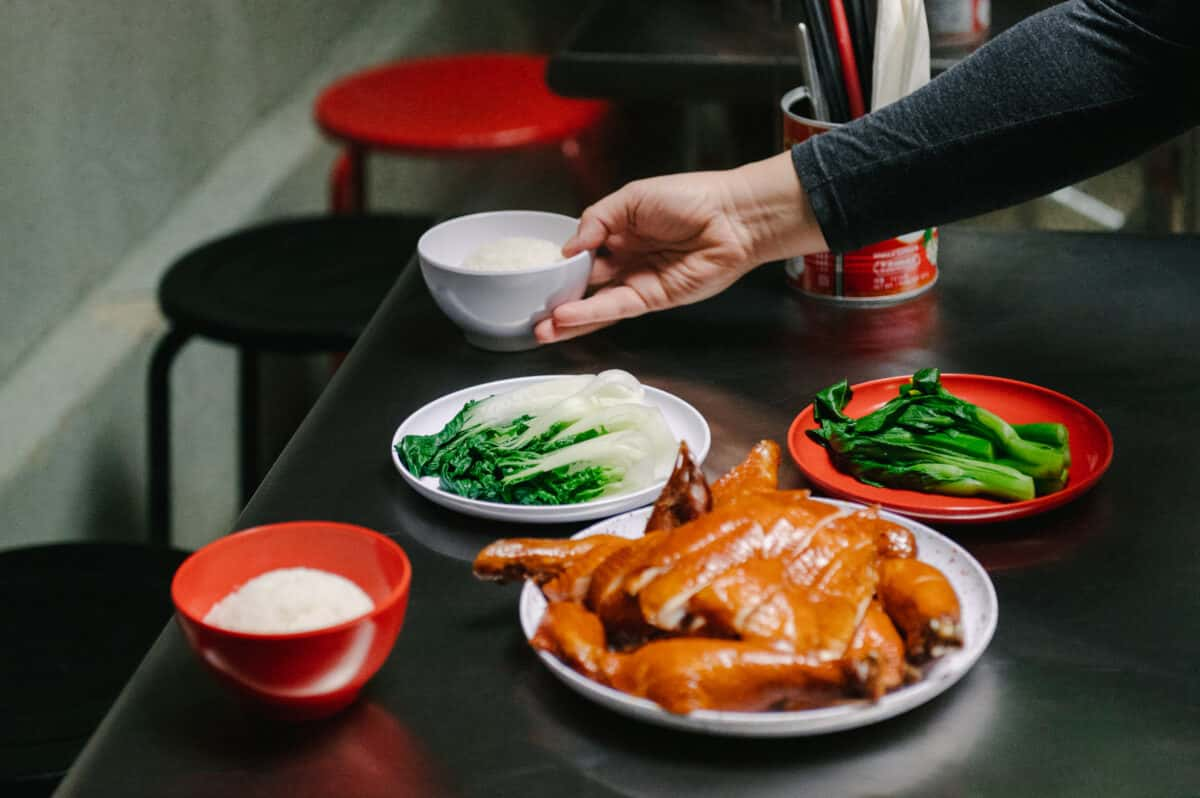
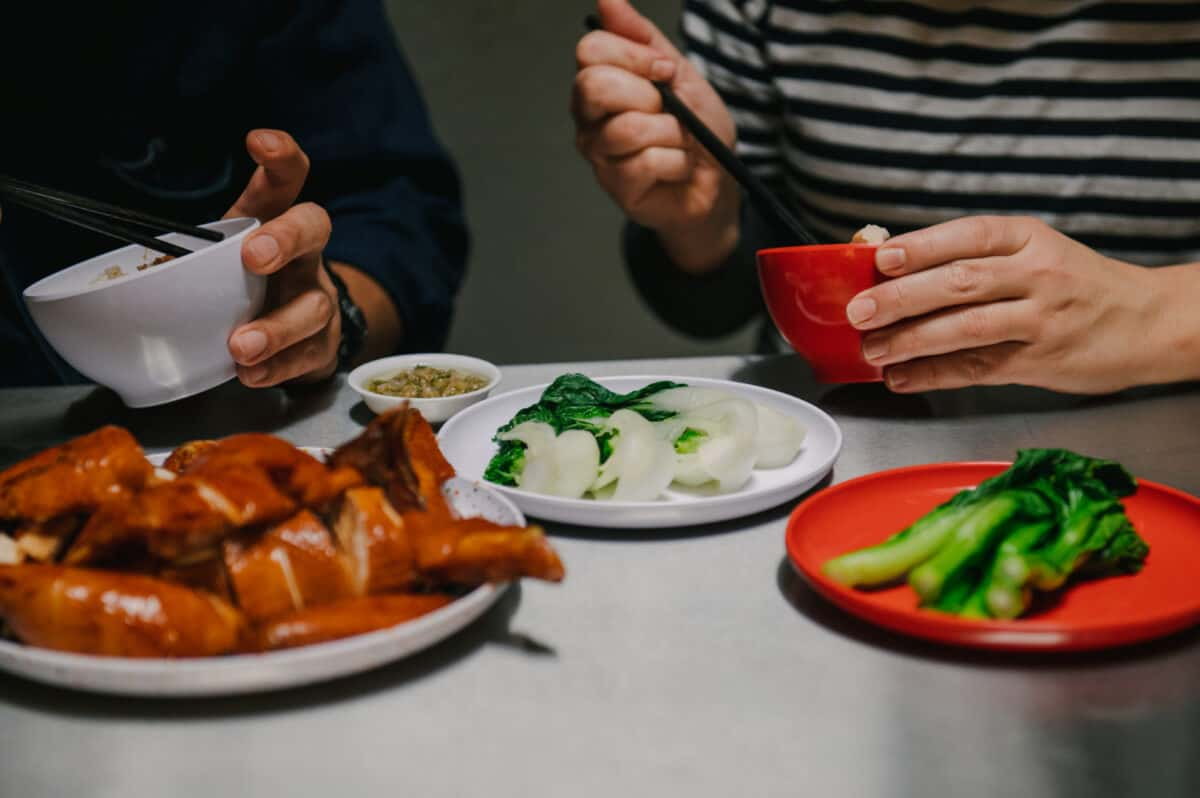
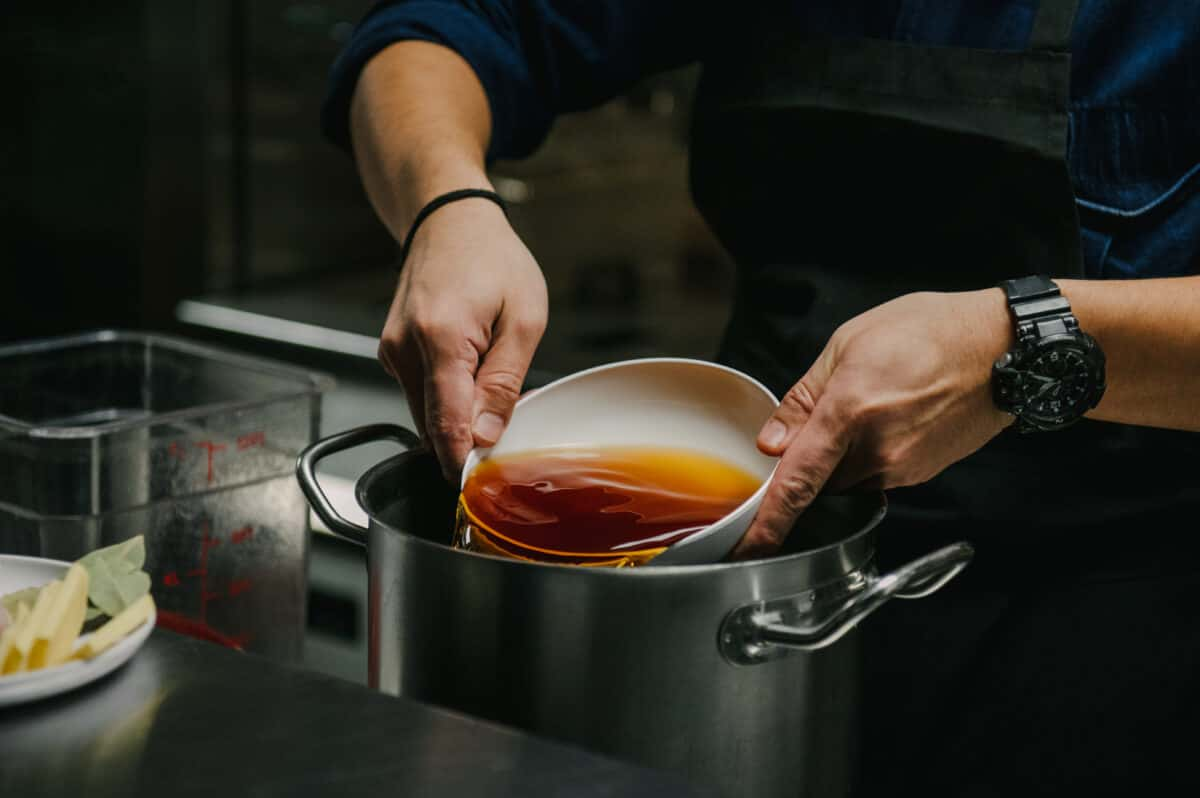
“At dinner, the food symbolises different things. Fish means prosperity, while chicken means luck. We pull apart sticky rice – the longer it takes to break, the better! Dates, which we have for dessert, mean you’ll have a sweet life. Then come the dumplings at midnight. Traditionally, we hide a little coin in one; whoever finds it has a year of wealth and money ahead. It’s a fun ritual. As a culture we go to bed quite early, but on this occasion, we might stay up until 5 or 6am.
“Every day in Lunar New Year – it’s a 15-day holiday – has a different tradition. On the second day, the younger generation receives an envelope from their family.
“There’s a lot on the menu at Mr Ji inspired by the food I had growing up in China. The soy chicken, which we’re sharing the recipe for, is something I really like to eat at my family home. In our fridge, there is always stock, which is used so often in Chinese cooking; we’re continuously adding to it – whenever we braid or poach, we add the leftover liquid to the original batch. Over the years and generations, the stock evolves – and it always tastes so good. We made our own to use here at Mr Ji, which we call the mother stock.”

Ana: “Along with the menu, which was inspired by Taiwanese street food before we evolved the restaurant into a Chinese-slash-Asian eatery, we completely took over the interiors. In fact, Meng plastered the walls himself! It used to look like a makeshift Taiwanese market in here.
Meng: “I commissioned my friend, an artist named Weng Wei, to create some pieces for the walls. I thought a lot about our location, in Soho, which is a melting pot of diversity and culture. I wanted to reflect that in the art. I also wanted to include food in the imagery too, but it needed to share the spirit of Mr Ji. We’re not a formal restaurant; we like dinner to be messy and vibrant. That was the brief I gave Wei.”
Ana: “She practices architecture, interiors and is a portrait photographer – and then she’s done this series, which is completely different to her portfolio. She was really excited to get this brief and she’s going to do a new series for us soon.
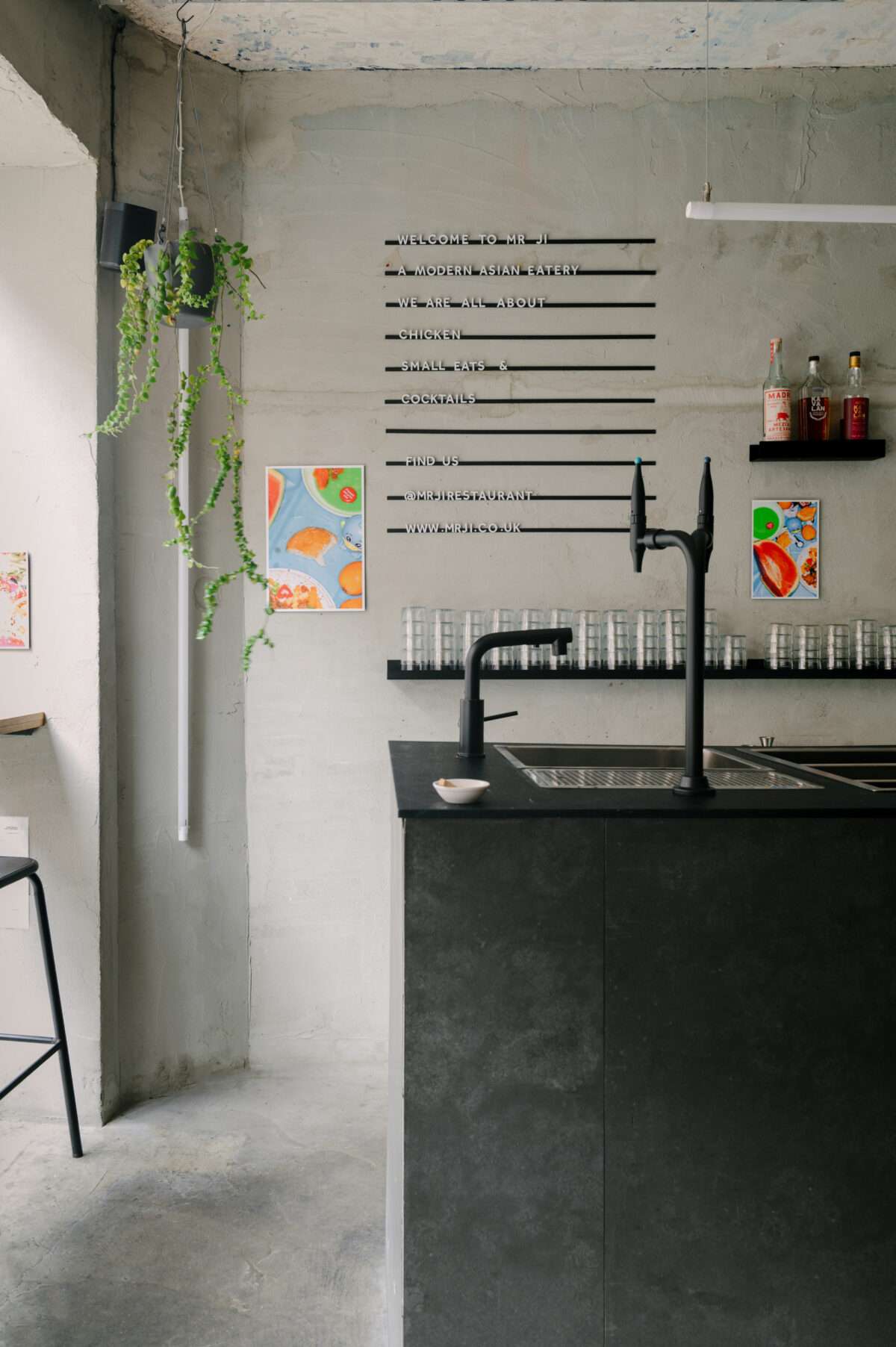
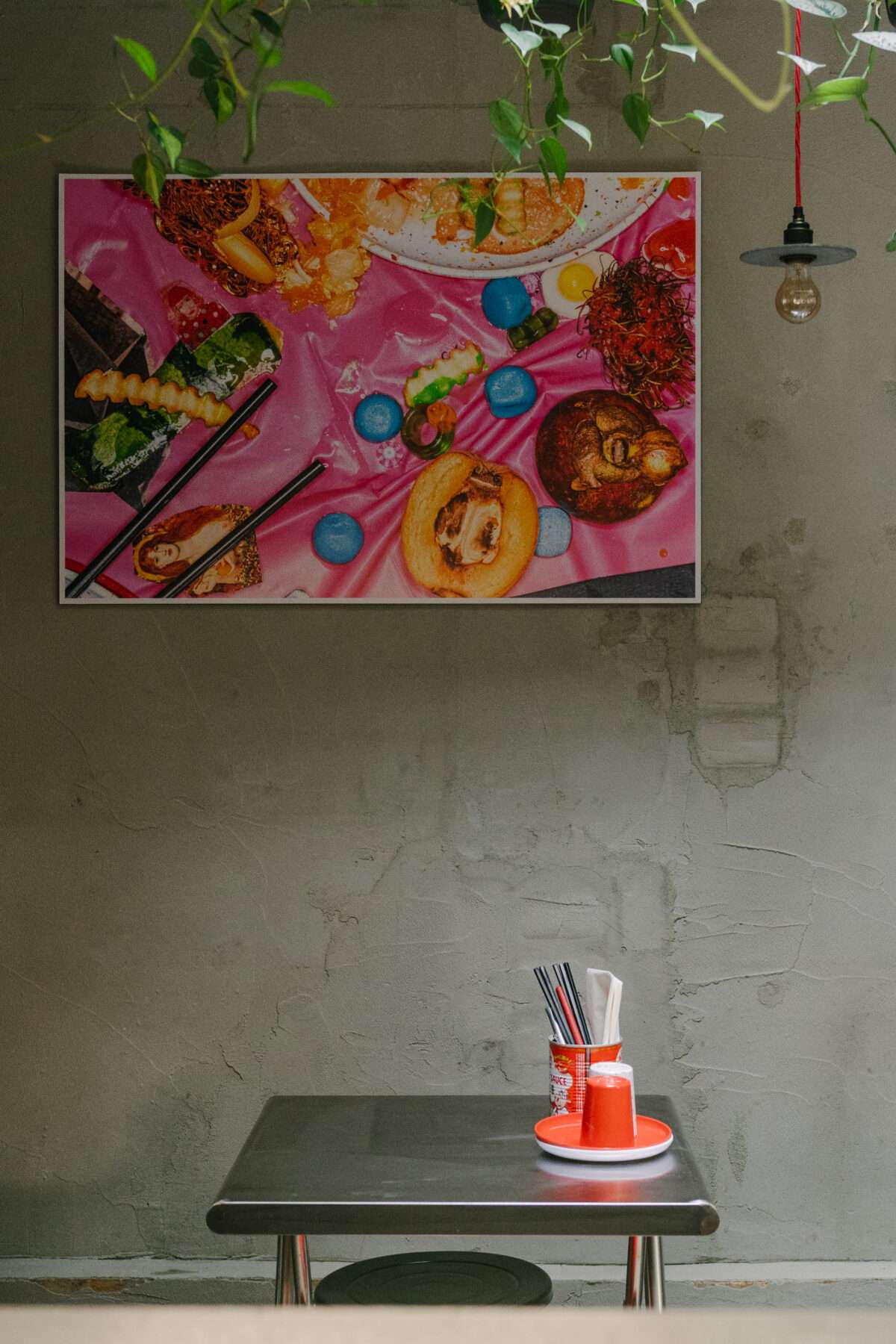
“At home, we eat a lot of fried rice – I think we have it three times a week. I’m from Portugal and would also have a lot of rice growing up, although it’s very different from how Meng would have had it in China. Our daughter, Maffi, loves fried rice! She’ll have it for breakfast and would eat it every day if she could. We don’t have to plan our dinners around Maffi because she’ll eat anything – she’s not fussy and that’s great.
“We don’t eat out that much but when we do, it’s mostly Chinese food. The best place for Chinese food is China! But here, we’ve had really good meals at Dim Sum Duck. Muffy always wants dumplings, so we go to Dumplings’ Legend a lot too.
Meng: “We make dumplings together in London for Lunar New Year – just not with the money inside. This year will be the first we’re not working over the holiday and I think we’ll do something at home with our friends to celebrate.”
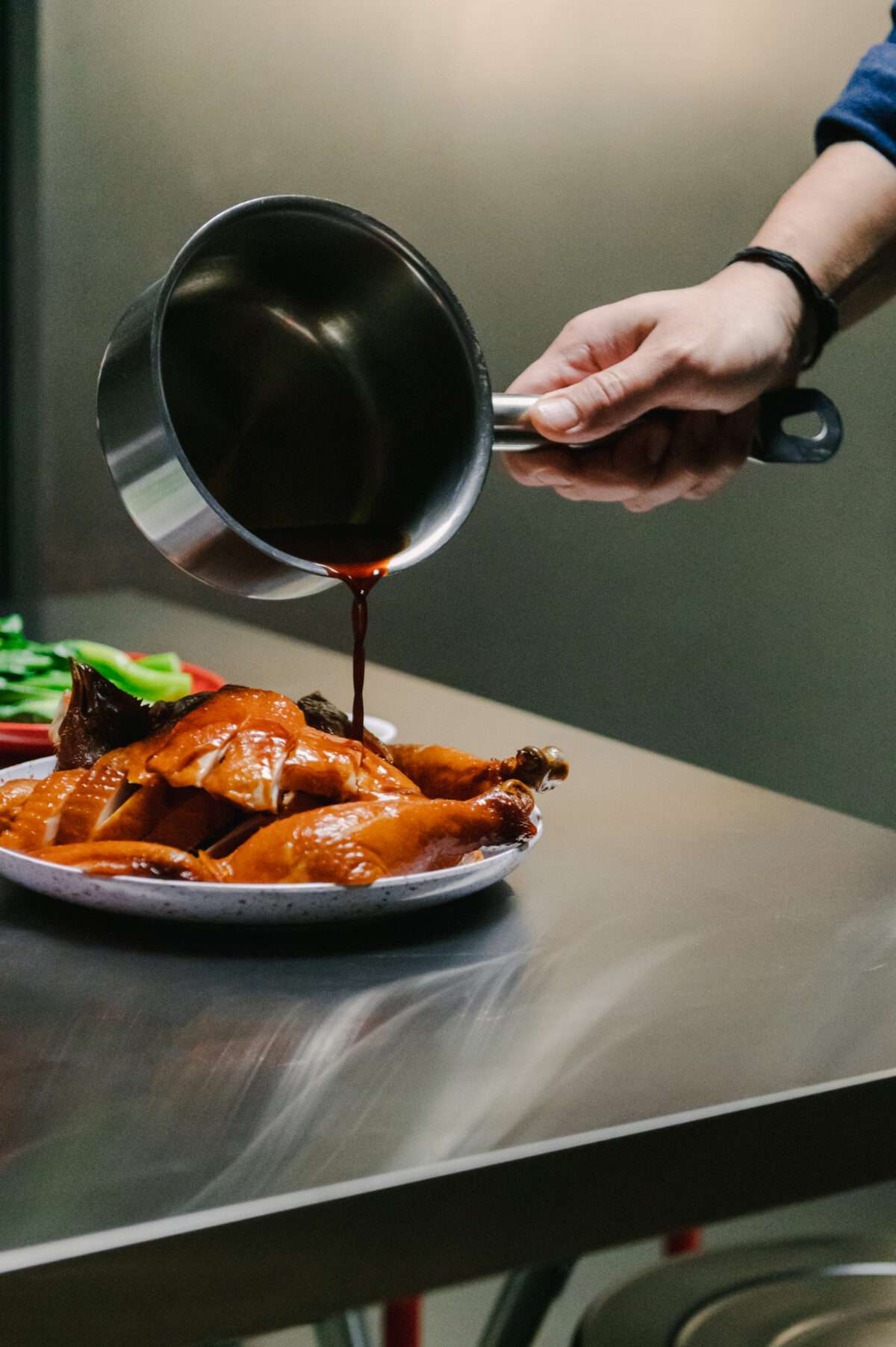
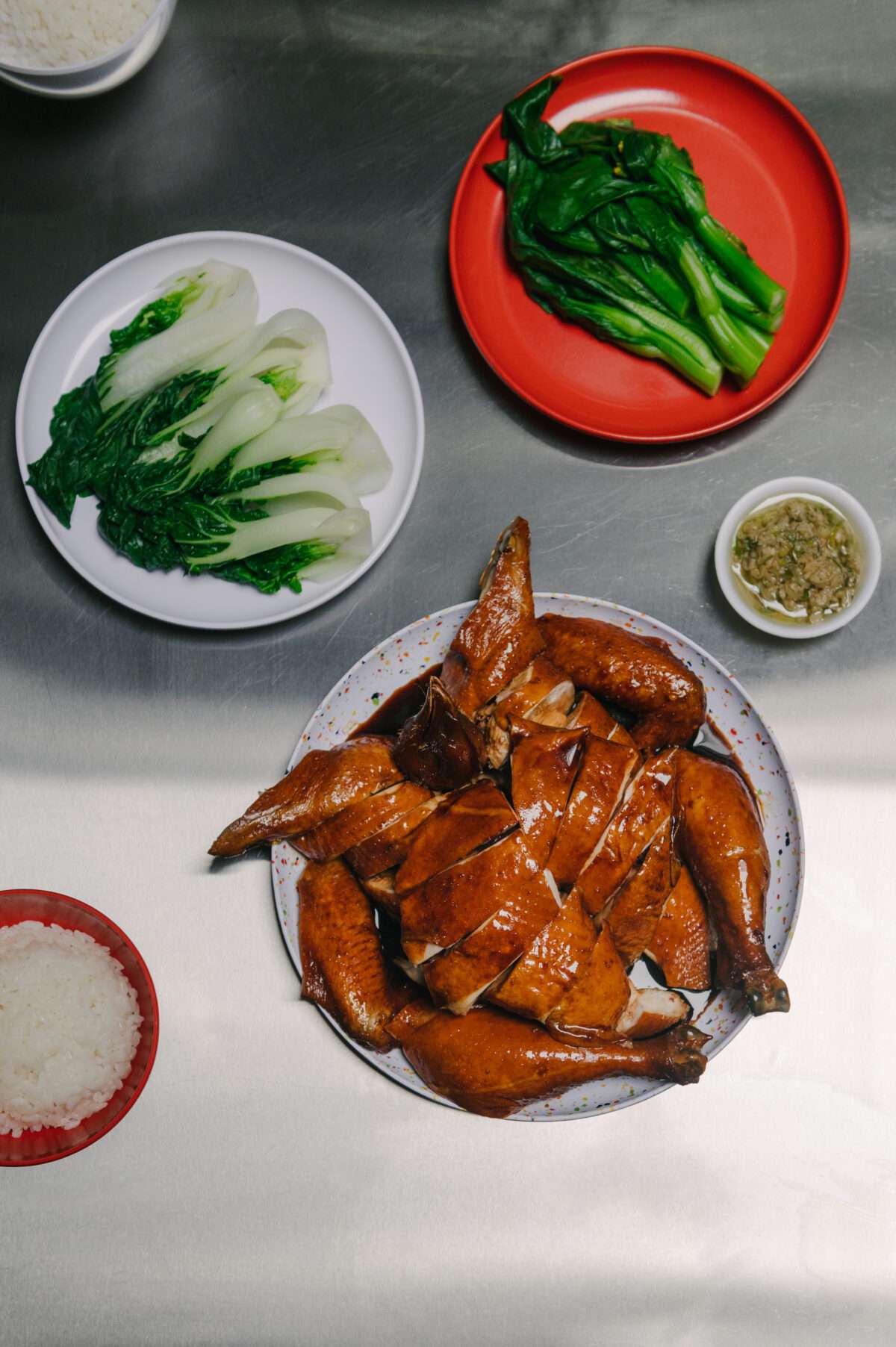
Meng’s recipe for traditional poached soy chicken
For the ginger and spring onion dressing
100ml vegetable oil
3g white pepper powder
3g Maldon or rock salt
40g sliced spring onion
30g grated ginger
For the poached chicken
1 good-quality chicken, head attached and guts removed
7kg white chicken stock
600g light soy sauce
400g dark soy sauce
300g shaoxing cooking wine
500g rock sugar
3 shallots, cut into halves
100g ginger, peeled and sliced
5 cloves garlic
5 bay leaves
10 star anise
To make the dressing, heat the oil in a pan and bring it up to smoking point. Add the spring onion, ginger, white pepper and salt and mix well. Then set aside to serve with the chicken.
Rub the chicken skin with plenty of rock or Maldon salt to remove excess skin, then rinse under running water. Bring a large pot of water to the boil, then drop the chicken in and blanch it for 10-20 seconds. Next, remove it from the hot water and drop it into iced (or cold tap) water so it cools completely down.
While the chicken is cooling, add all ingredients for the poaching liquid to the chicken stock and bring to a boil. Turn off the heat, place the chicken in the liquid and top it with a smaller pan or heavy plate to weigh it down so that it’s completely submerged. Let the chicken sit for 40-45mins depending on its size. It is essential to have a meat thermometer: ideally, the poaching liquid should be at 80-90 degrees celsius while cooking.
Once the chicken has reached the desired temperature, remove it from the stock and allow it to cool, so the skin gets darker in colour. Once the chicken is completely at room temperature, cut the chicken into pieces, drain some of the poaching liquid out and pour over the carved chicken. The remaining stock can be frozen and saved for future use – the flavour only gets better over time. Serve the poached chicken with sticky rice and Chinese greens.
